The Art of Science—Versailles at the Science Museum, London
Have you ever wondered how it would feel to witness the grandeur and opulence of the 18th-century French court? Then you might want to go to London.
Edoardo Cesarino 19 December 2024
During her lifetime, the American landscape artist Susie Barstow (1836-1923) was nationally renowned and commercially successful. So why don’t we know more about her now? Author Nancy Siegel addresses this question in Susie M. Barstow: Redefining the Hudson River School. This book rightfully—and delightfully—reinstates Barstow in the male-dominated legacy of American landscape art.
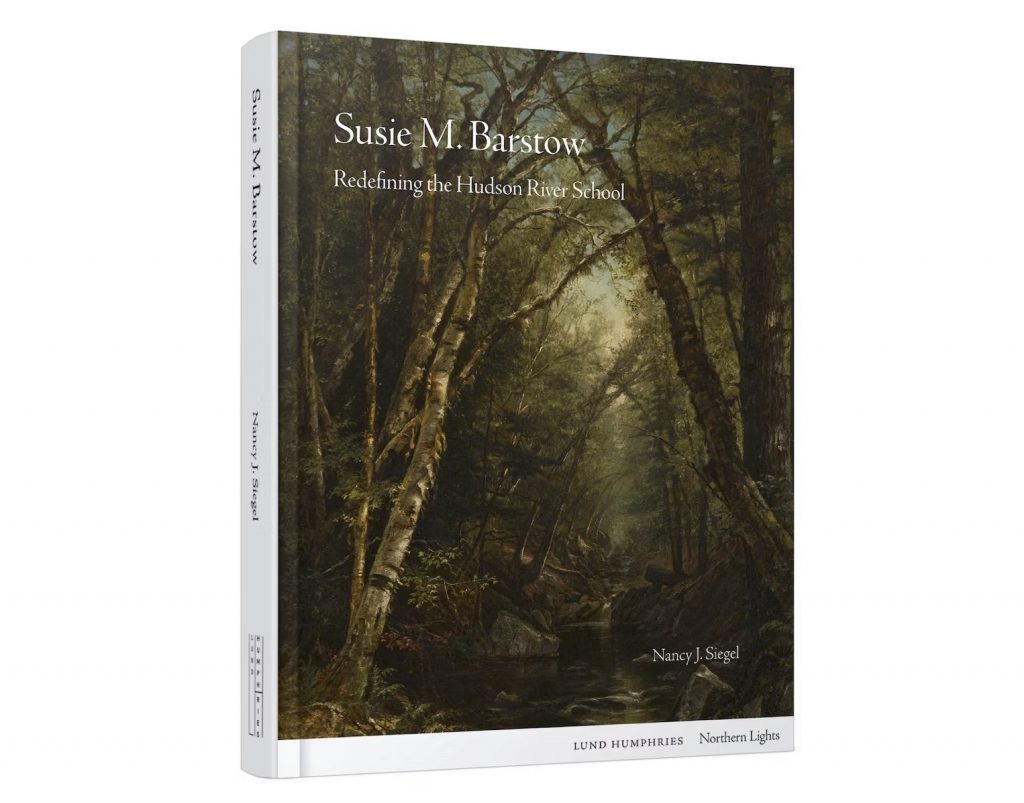
Book cover of Susie M. Barstow: Redefining the Hudson River School by Nancy Siegel, published by Lund Humphries, 2023. Courtesy of the publisher.
Coinciding with the 100th anniversary of the artist’s death, Susie Barstow’s first-ever biography is the showcase she deserves. The book is complete with enchanting details, fascinating historical context, abundant primary sources, and over 100 paintings, sketches, and photographs, most of which have been in private collections until now.
Published by Lund Humphries, Susie M. Barstow: Redefining the Hudson River School is indeed an important addendum to the traditional narrative of American landscape painting. Siegel also successfully immerses readers in the compelling life story of an independent woman who dared to paint landscapes and climb mountains—often simultaneously—in 19th-century America.
The time is long past due to bring forward this accomplished artist’s story to illuminate an expanded history of the Hudson River School. This is her moment.
Susie M. Barstow: Redefining the Hudson River School, p. 15.
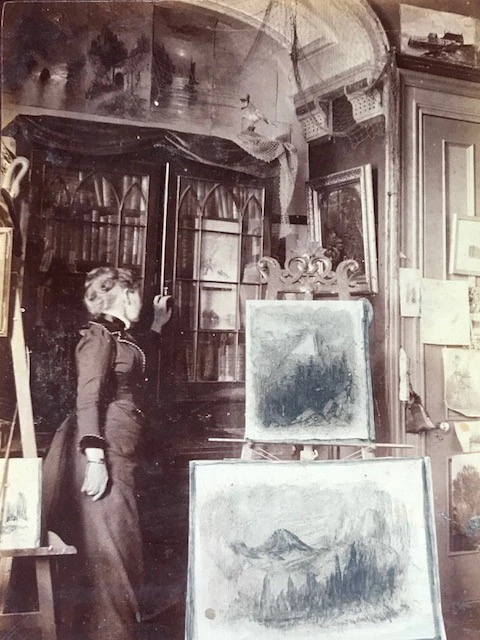
Photograph of Susie M. Barstow in her studio, c. 1900, family archives of Elisha Blossom Barstow via Hawthorne Fine Art.
The 19th-century confines of gender and geography were no match for Susie Barstow, who was known to hike in hemmed skirts and sketch in situ during snowstorms. Barstow was especially drawn to mountains, from the Catskills of her home state of New York to far-flung corners of the world. She famously summited over 100 mountain peaks during her lifetime.
Barstow’s career spanned six decades wherein she relentlessly explored the natural world and successfully exhibited and sold landscape paintings. Her widely-circulated obituary referred to Barstow as a “prominent landscape artist, whose paintings won her wide renown.”1
Susie M. Barstow finally re-establishes Barstow as a “prominent landscape artist” in the history of American landscape painting. As a follower of the Hudson River School, Barstow rendered her direct observations of nature, along with their emotional and spiritual resonance, across an impressive oeuvre of landscape paintings, watercolors, and sketches. Many of these works are now publicly accessible for the first time thanks to Siegel’s biography.
She is exceedingly fond of unbeaten tracks and of studying Nature in unconventional ways.
Susie M. Barstow: Redefining the Hudson River School, p. 142.
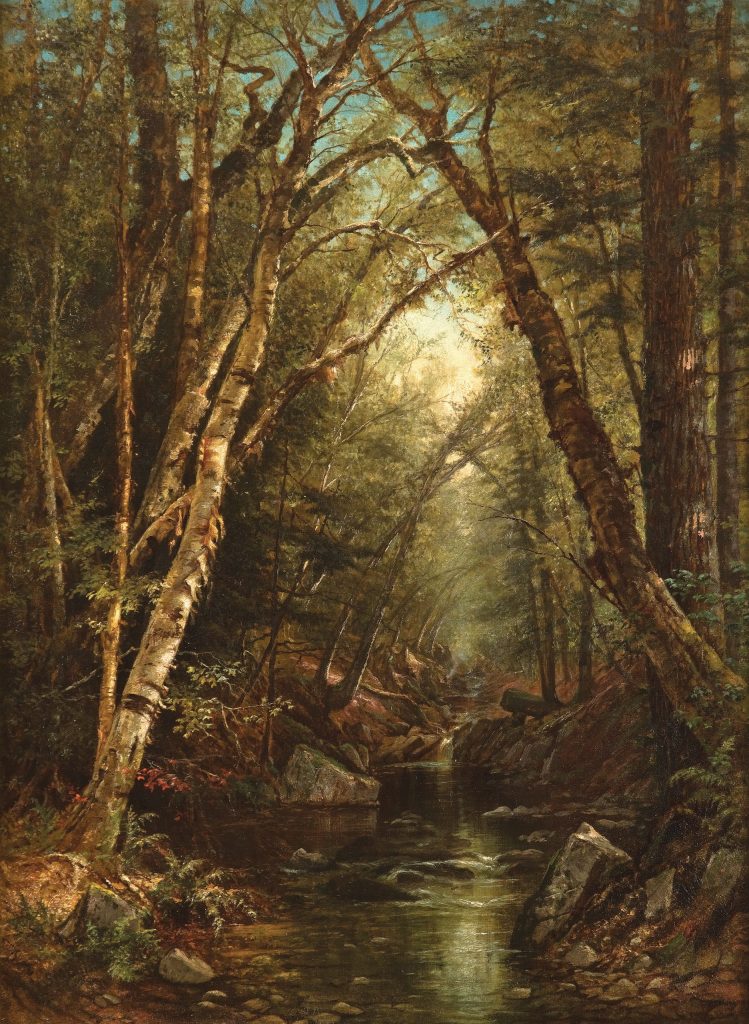
Susie M. Barstow, Landscape (In the Woods), 1865, collection of Elizabeth and Alfred Scott via Thomas Cole National Historic Site.
The Hudson River School is considered to be the first bona-fide American art movement in the Western canon. It has primarily been associated with the grandiose, transcendental landscape paintings of Thomas Cole and other white male artists. Despite her relative obscurity today, Susie Barstow was celebrated for uniquely engaging with and contributing to the burgeoning Hudson River School movement.
The likes of Cole were famous for exhibiting dramatic, larger-than-life canvases—but these paintings weren’t accessible to most audiences. Susie Barstow found creative fulfillment and made an independent living by recognizing the growing demand for smaller, yet equally striking, American landscape paintings.
Susie Barstow’s personal observations of the natural world were a key selling point of her work. In fact, Siegel demonstrates how local and national press met the demand for news regarding Barstow’s frequent forays into nature and the new paintings with which she returned. Barstow’s easel-sized landscapes were no doubt as influential as Cole’s showstoppers in popularizing the iconic Hudson River School movement.
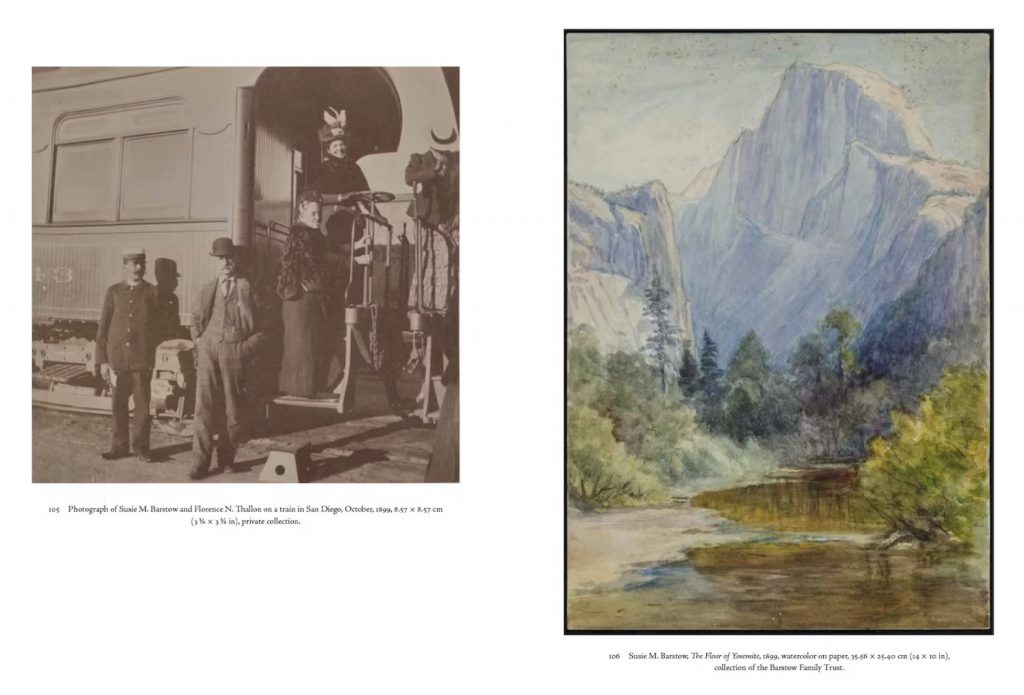
Book spread from Susie M. Barstow: Redefining the Hudson River School by Nancy Siegel, published by Lund Humphries, 2023. Courtesy of the publisher.
Looking at the familiar history of American landscape painting through the less familiar lens of Susie Barstow is illuminating and refreshing. Her story is unique, and her life’s work is clearly worthy of the consideration it receives in her first biography.
Susie M. Barstow: Redefining the Hudson River School naturally addresses how Barstow’s gender and other cultural constructs impacted both her lived experience and her exclusion from history books. However, Siegel does much more than retroactively insert Barstow into an established canon. Rather, Barstow’s dynamic life story, unique perspective, and luminous landscape paintings take center stage in the narrative.
Through Siegel’s comprehensive research, engaging storytelling, and curation of illustrations, Susie Barstow seemingly speaks for herself, reminding us of her rightful place in the legacy of American landscape painting—and challenging us to reimagine that legacy altogether.
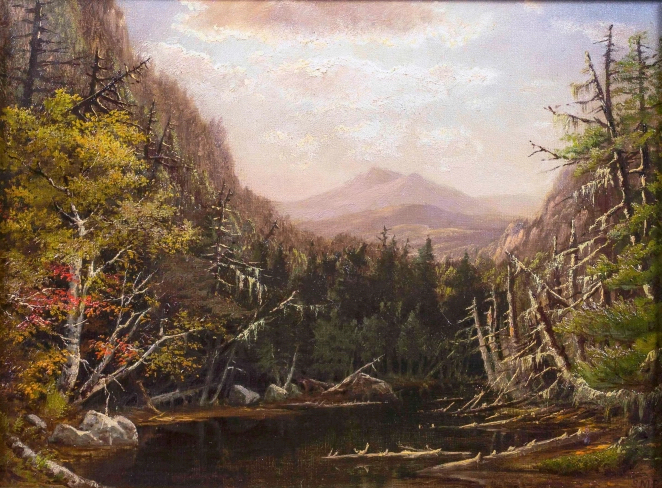
Susie M. Barstow, Fall in the White Mountains, 1872, private collection. Hawthorne Fine Art.
Susie M. Barstow: Redefining the Hudson River School is part of publisher Lund Humphries’ Northern Lights series, which includes a fascinating range of topics and artist surveys under the expansive scope of Northern art. Author Nancy Siegel, a Professor of Art History and Culinary History at Towson University, expertly and engagingly presents her knowledge of and passion for American landscape art in Susie M. Barstow.
Barstow’s first-ever biography also coincides with the first-ever retrospective of her paintings, with Siegel as a curator. A traveling exhibition that centers Susie Barstow and aims to expand and challenge the legacy of American landscape art, Women Reframe American Landscape, opens in May 2023 at the Thomas Cole Historic Center, located amidst the Catskill Mountains Barstow so loved.
Susie M. Barstow: Redefining the Hudson River School can be purchased on the publisher’s website.
DailyArt Magazine needs your support. Every contribution, however big or small, is very valuable for our future. Thanks to it, we will be able to sustain and grow the Magazine. Thank you for your help!